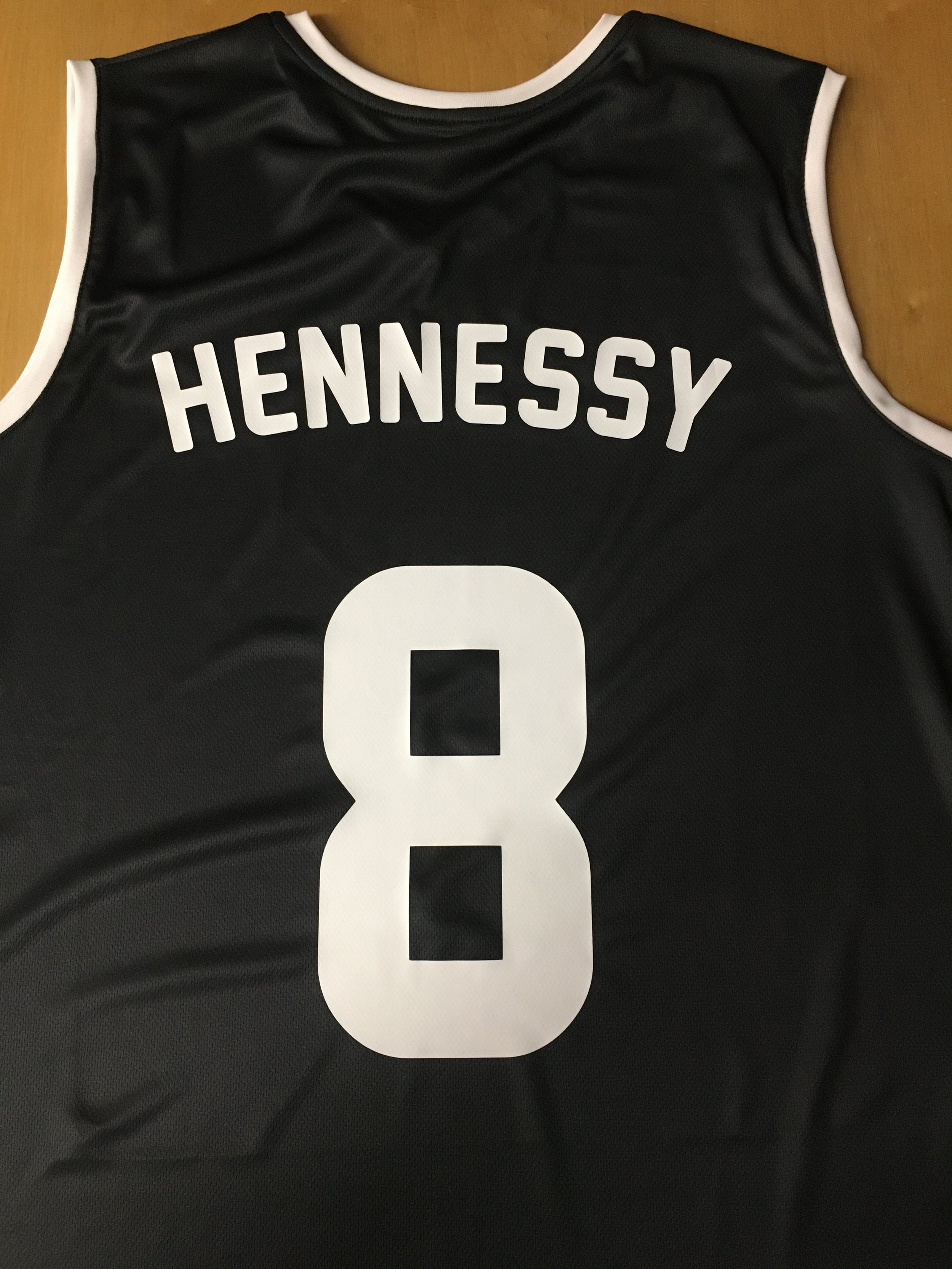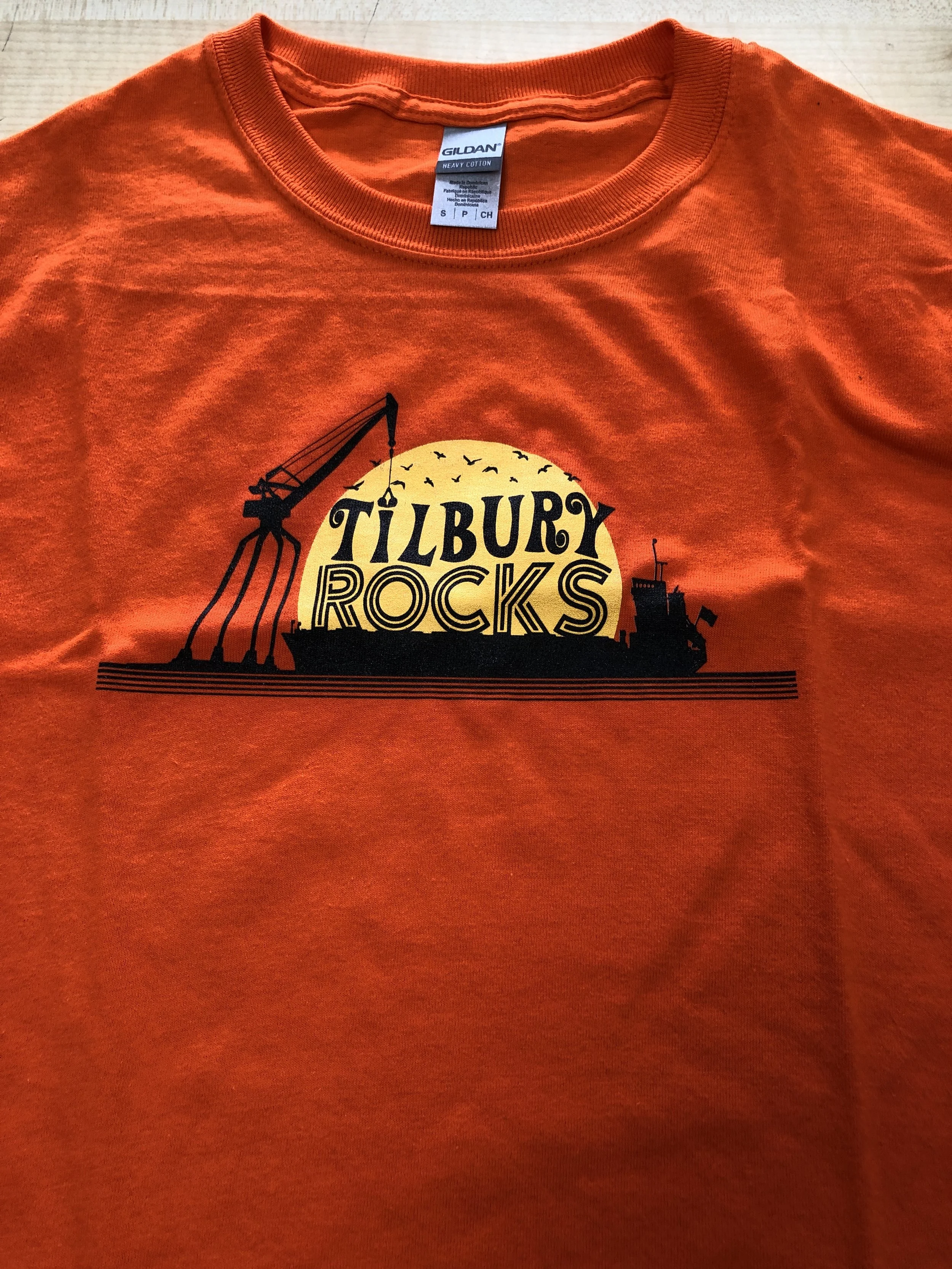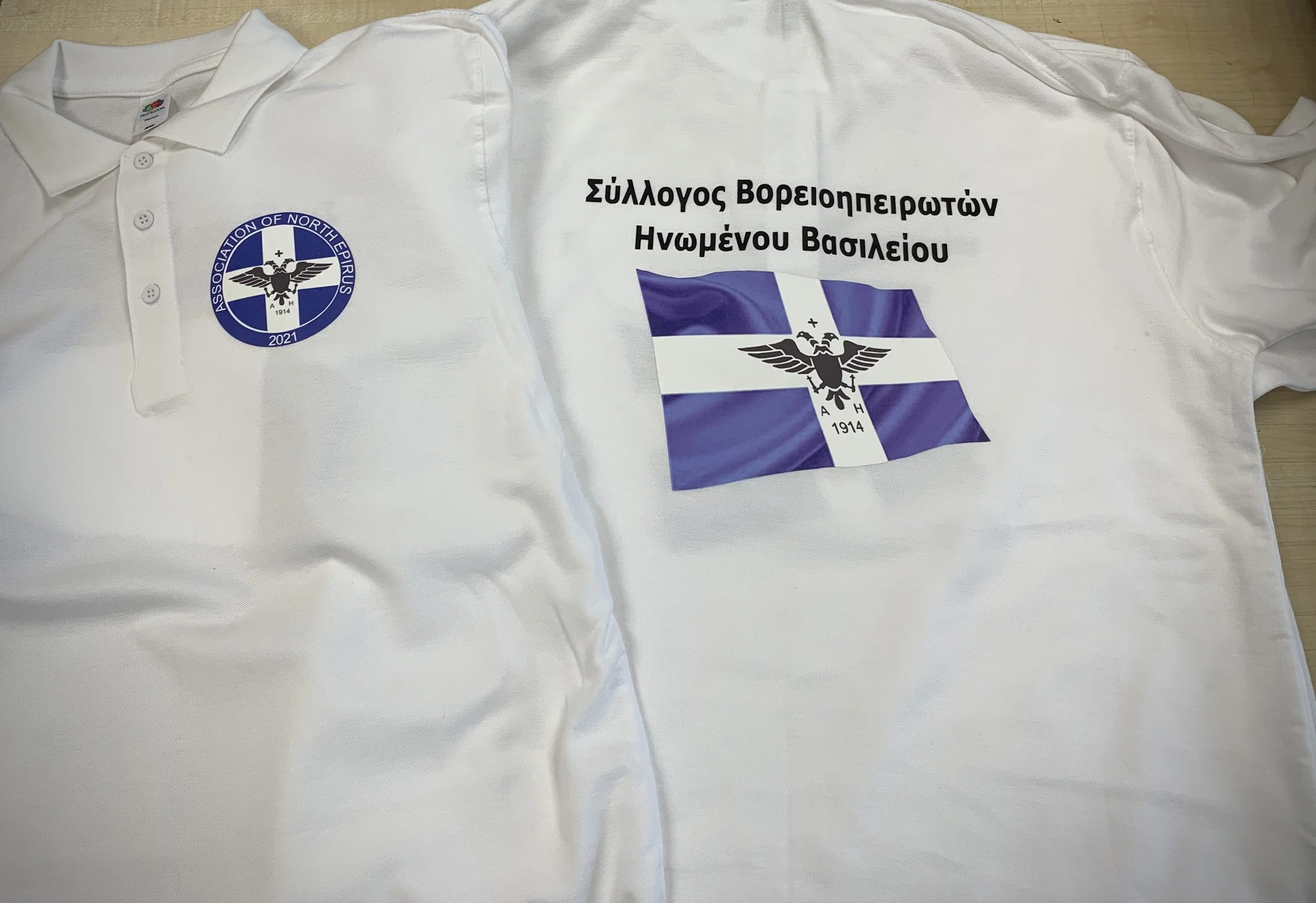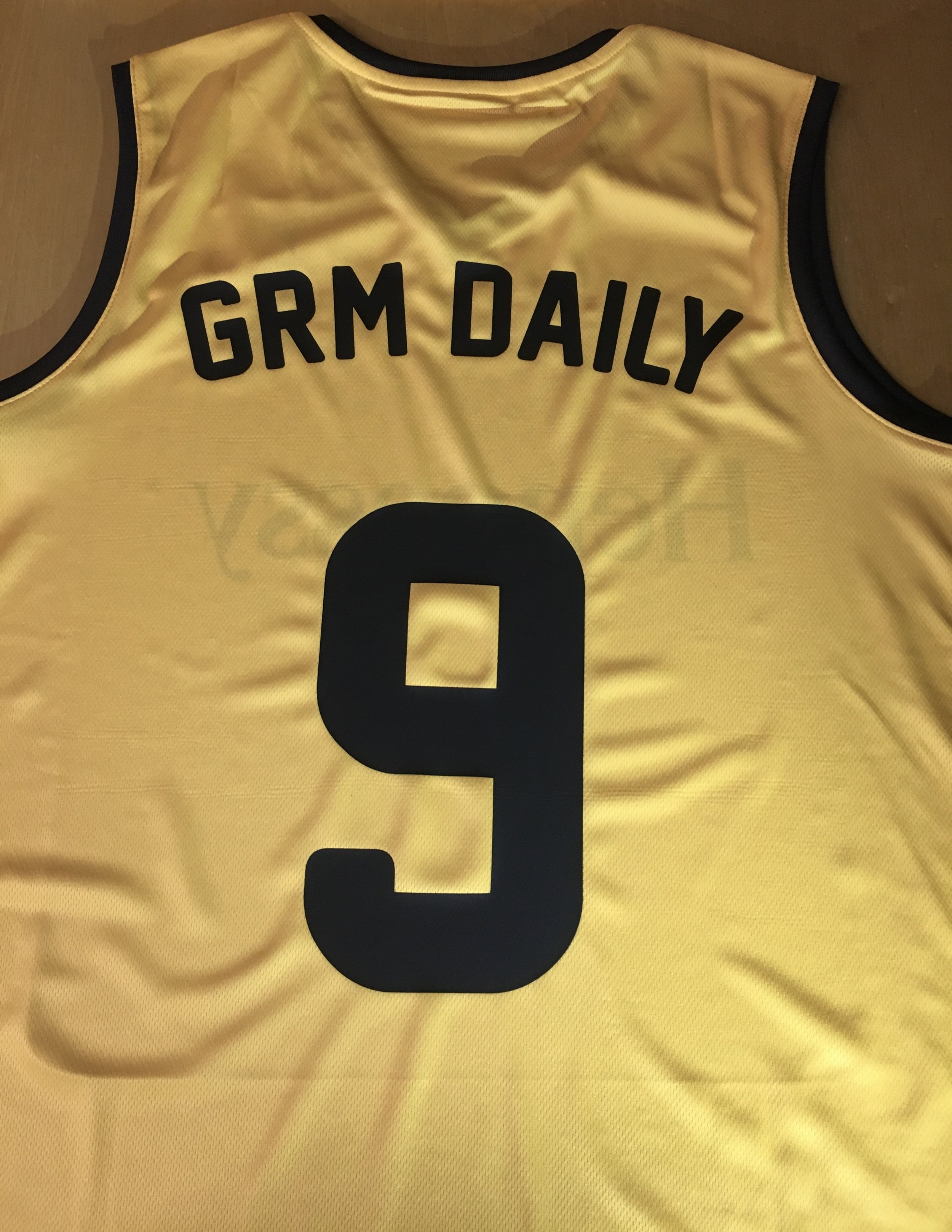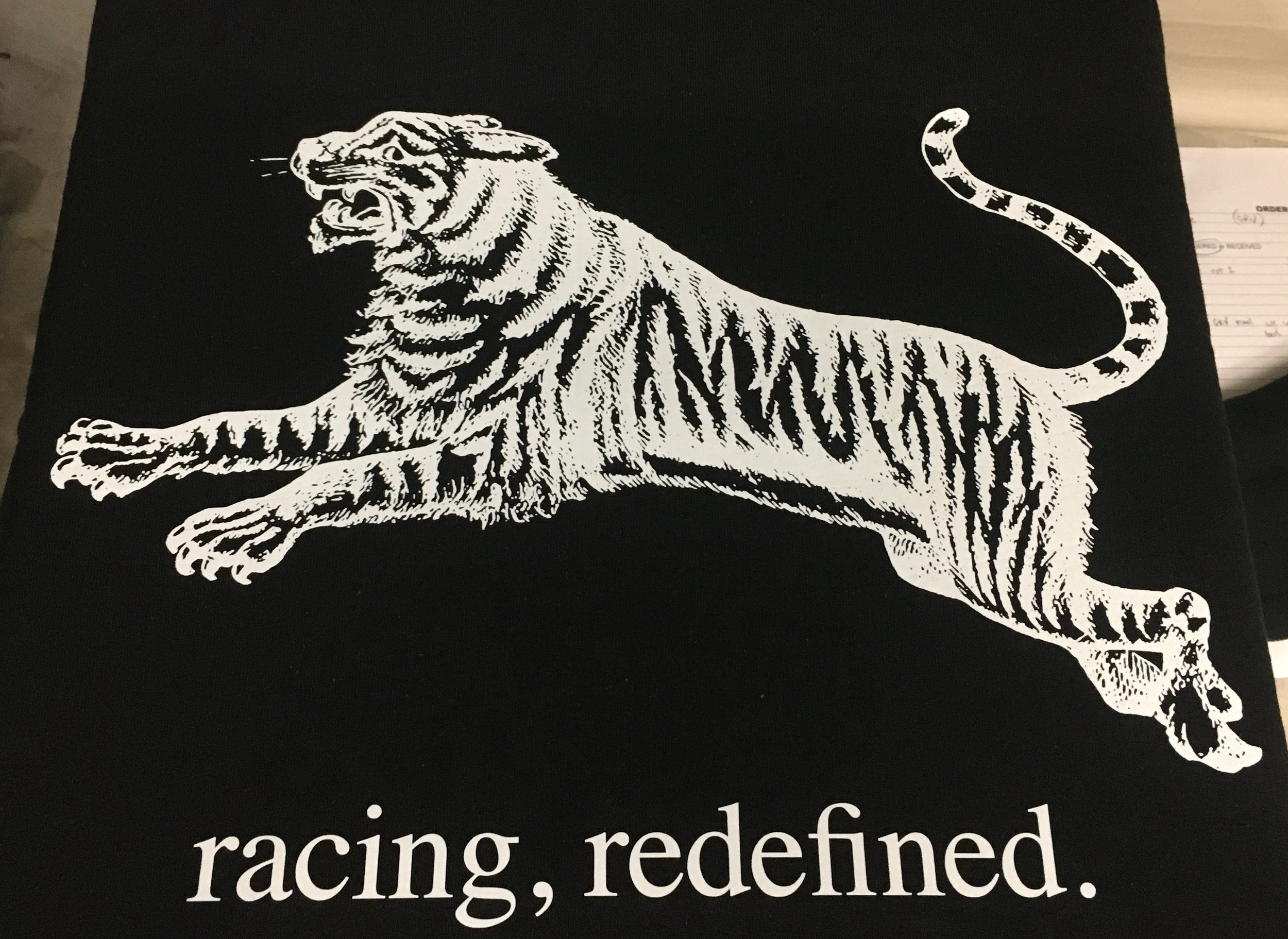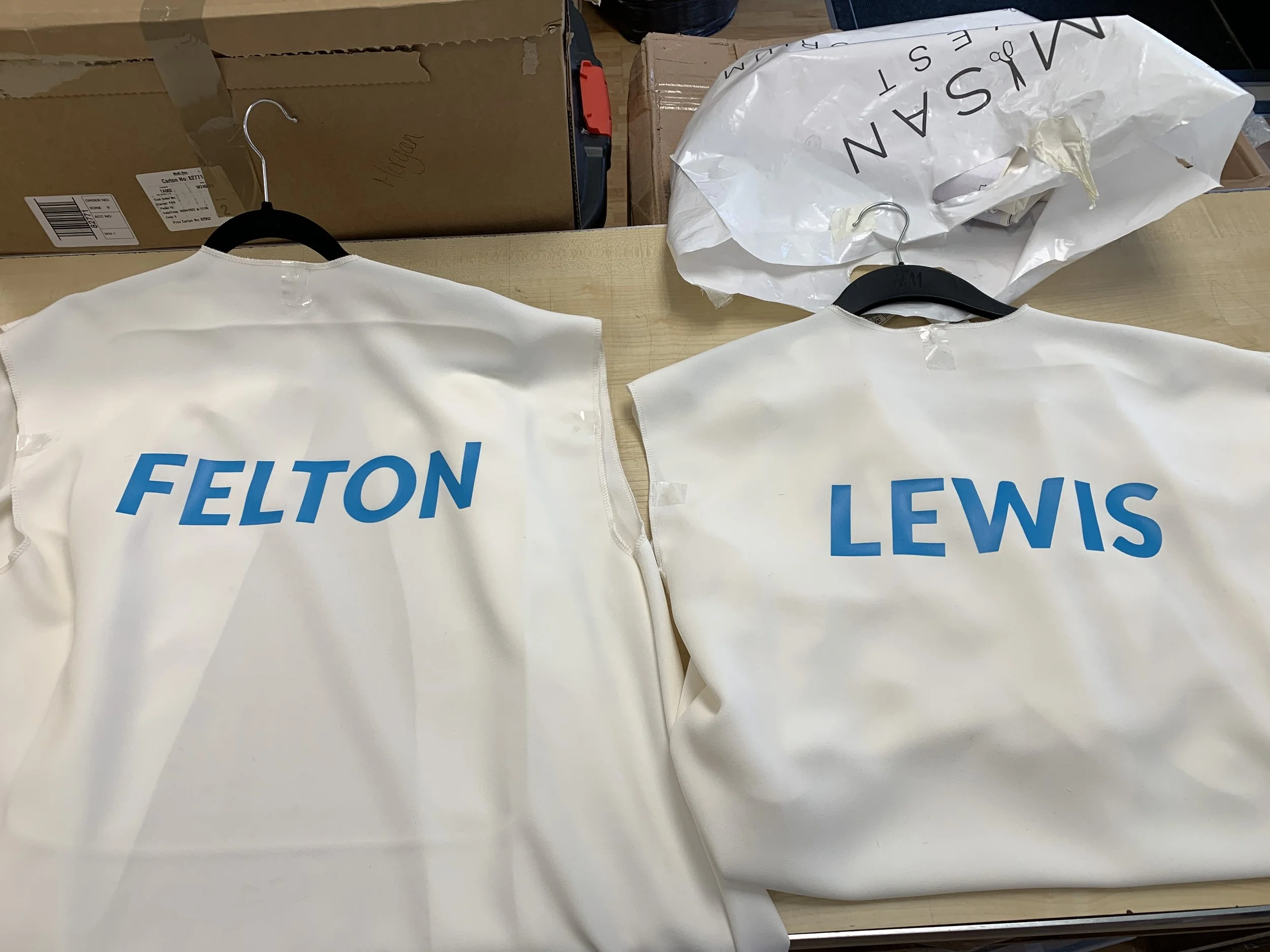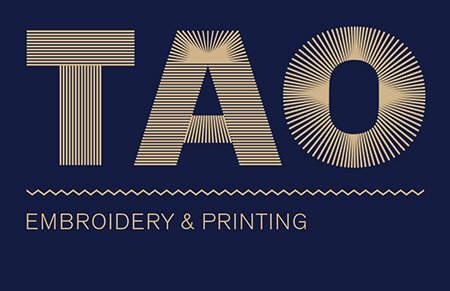Digital Printing Service
Cut Vinyl
Cut vinyl provides an excellent way to create and print large vector-based designs and logos. It is thin and lightweight, and because it is placed on top of the garment, it appears sharp, clear, and vibrant like a road sign. There is a vast array of colours and textures to choose from, including flock (which feels like felt), fluorescent hues, metallic gold and silver, animal prints (such as leopard, Zebra), camouflage, carbon fibre, and 3M reflective.
The vinyl is pressed onto the fabric at a high temperature. Fabrics suitable for this process include cotton, polycotton, and polyester blends, such as t-shirts, hoodies, football and sports jerseys, vests, and so on. Fleece, gilets, chef's jackets, aprons, outdoor puff jackets, and clothing treated with waterproof chemicals or nylon are unsuitable for this process and would be better suited for embroidery.
Design files should be in vector-based Adobe Illustrator or CorelDraw format. If you do not have access to these programs, your jpeg or word processing pdf files may result in rough edges that will take longer to remove if possible.
As a general rule, there is no setup cost for this process, but we do expect customers to provide finished artwork (excluding names and numbers for football sports jerseys or general monogram jobs).
Aftercare is straightforward: machine wash the garment inside out at 30 degrees Celsius (to avoid snagging on the drum) and iron it on the reverse side if necessary.
Versacamm
This process is similar to vinyl printing, but with the added feature of CMYK eco-solvent ink printing. This allows for full-color designs to be printed on vinyl, which is then contour cut using CAD software to produce the final transfer that is pressed onto the fabric at a high temperature.
The colors in this process are even more vibrant and rich than with DTG, as it sits on top of the garment. Vector-based design files are preferred, but high-resolution bitmap jpeg, tiff, or eps files are also acceptable as long as a contour line can be added. It is best if the design has a transparent background; otherwise, it will be printed with a square-edged background.
This versatile process can also be used to produce outdoor banners and sticky decals, thanks to the ability to use different base materials.
Garments that are unsuitable for this process include fleece, gilets, outdoor puff jackets, and clothing that is treated with waterproof chemicals or nylon. These would be more compatible with embroidery.
Aftercare is simple: machine wash the garment inside out at 30 degrees (to prevent snagging on the drum) and iron on the reverse if necessary.
DTG
Direct-to-Garment printing, also known as 'digital screen printing', is a printing process where ink is applied directly onto the garment, resulting in a beautiful matte finish. This process allows designs to flow freely without any backgrounds, and can be blended or faded out at the edges, depending on the supplied artwork.
DTG ink works best on cotton-based garments, such as t-shirts and hoodies. Fabrics that are unsuitable for this process include polycotton and polyester mix, as well as all types of jackets, gilets, and fleeces. For these fabrics, embroidery would be a more suitable option.
Artwork is crucial for this process, and it should ideally be in RGB color with a high resolution of 300dpi in full print size and a 1:1 ratio. Transparent backgrounds are preferable, especially for white prints, and the files should be saved in PNG format. You can email the files or copy them onto a memory stick and bring them in-store.
While we do not offer graphic design services, we are happy to help with image processing once your final artwork is ready.
DTF
The newest process in our range is Direct-to-Film (DTF), which allows for the reproduction of full-colour designs with small details while keeping the background transparent. The process involves heat-transferring the film onto the garment, giving you the advantage of precise placement for the logo print, whether it's on the sleeve, lower hem, or lower leg.
DTF is suitable for use with cotton, polycotton, or polyester fabrics. For design files, we require 300dpi png format images with a transparent background to separate the white.
